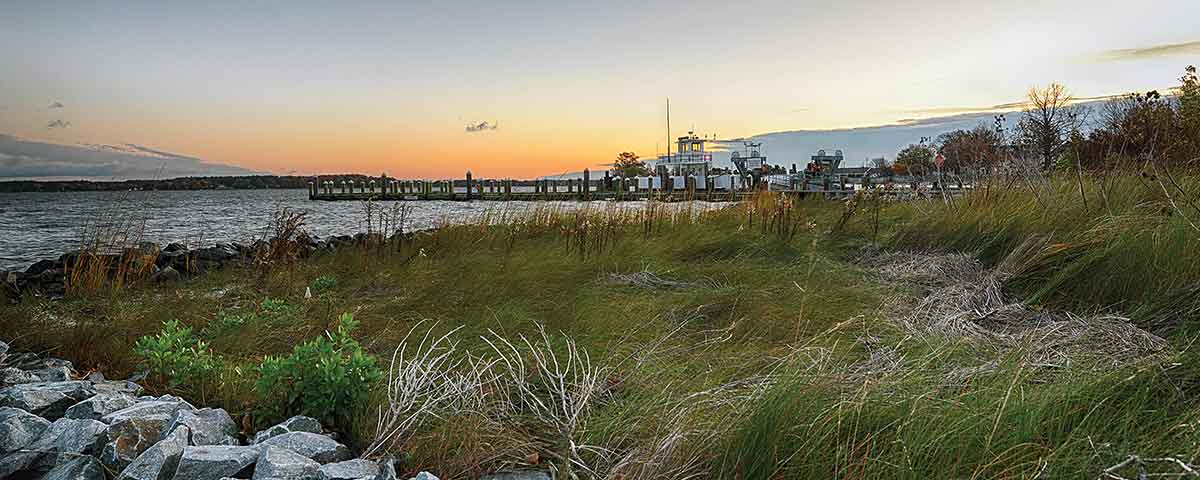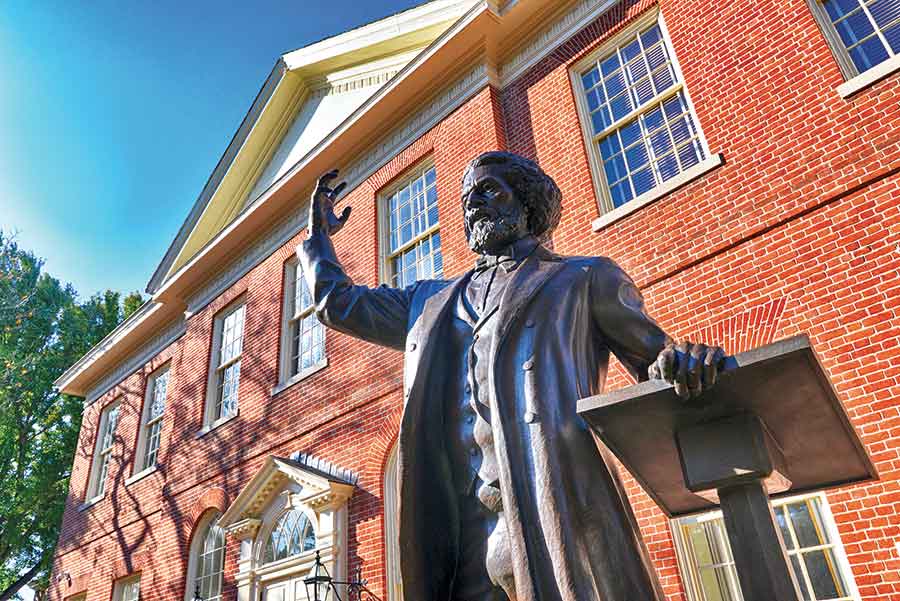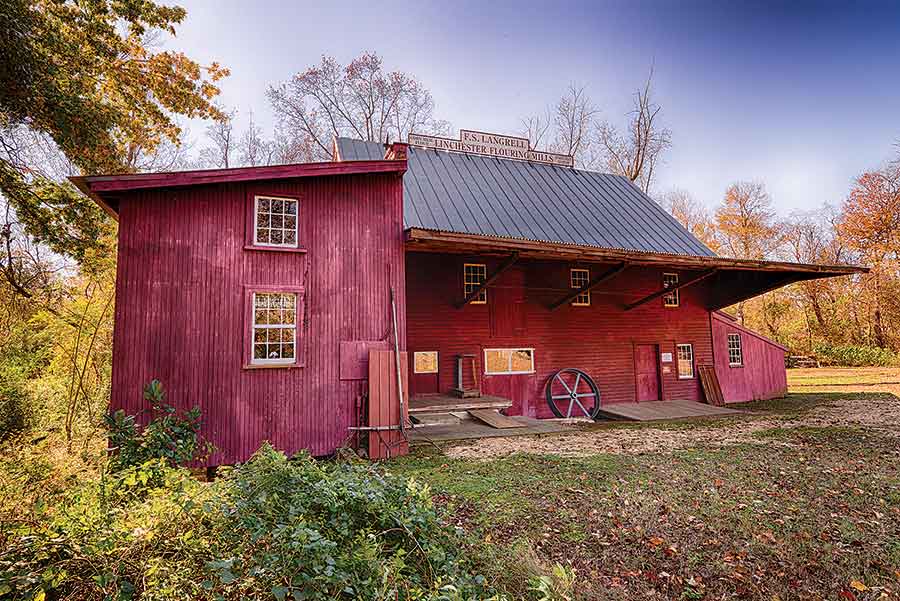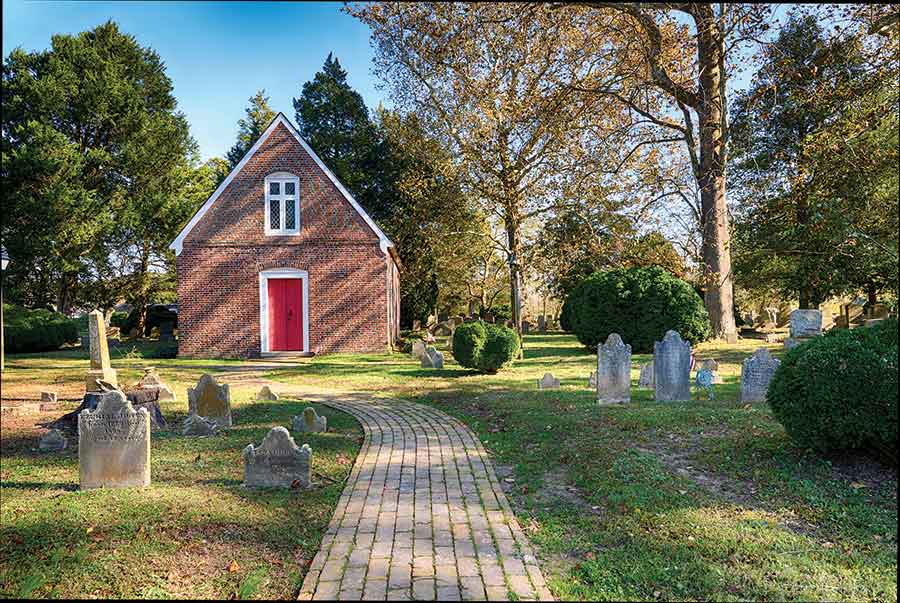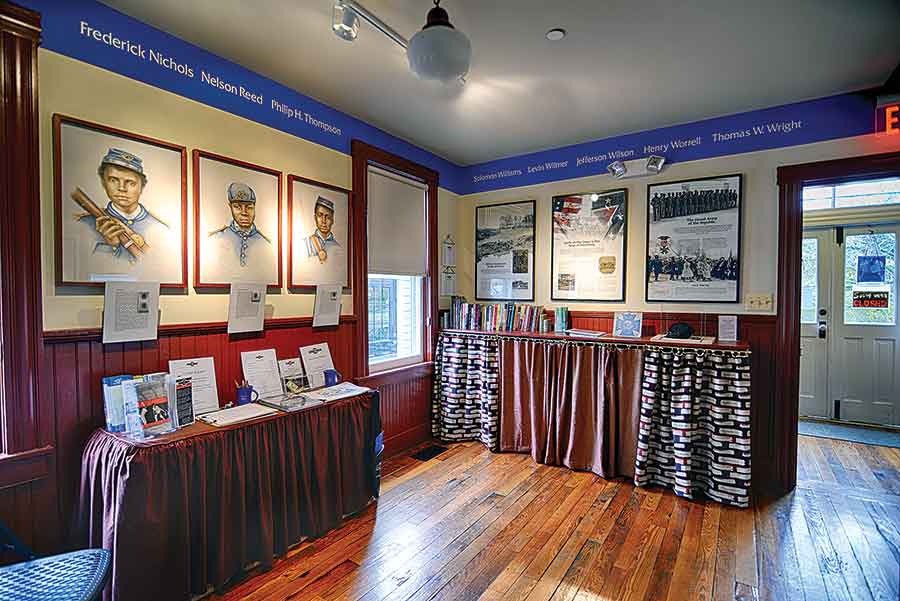The Civil War-era contributions of African Americans from Maryland’s coastline helped shape a new nation
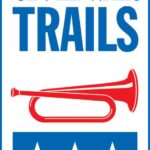
Trailside is produced in partnership with Civil War Trails Inc., which connects visitors to lesser-known sites and allows them to follow in the footsteps of the great campaigns. Civil War Trails has to date 1,552 sites across five states and produces more than a dozen maps. Visit civilwartrails.org and check in at your favorite sign #civilwartrails.
Celebrated today as the birthplace of Frederick Douglass and Harriet Tubman, two names synonymous with the pursuit of personal freedoms for African Americans, the Eastern Shore of Maryland at the outset of the Civil War was vastly more divided in its loyalties. Slavery dominated the region, which was blanketed by plantations owned by the most powerful men in the area, and many locals went south to join the Confederate Army.
Residents of small Quaker settlements on the Eastern Shore, however, abhorred slavery and favored the Union, as did many prosperous farmers and fishermen up and down the coast. Two Federal regiments of Eastern Shore infantry were commissioned in late 1861. The 1st Regiment, commanded by Brig. Gen. Henry H. Lockwood, served mainly on the Eastern Shore until it was called to Gettysburg in July 1863. The 2nd Regiment, commanded by Colonel Edward Wilkins, also served the Eastern Shore until the spring of 1863 when it participated in the Shenandoah Valley Campaign.
Before the war, enslaved African Americans in the area had already begun to escape captivity with Tubman’s help through the Underground Railroad, but many more would now seek freedom for themselves and their families by joining the Union Army. Union Brig. Gen. William Birney and his staff raised seven regiments of United States Colored Troops (USCTs)—the 4th, 7th, 9th, 19th, 30th, 39th, and 118th—in Maryland, and many of them trained at camps on the Eastern Shore, including Camp Upton in Salisbury and Camp Kirby in Easton. The Oxford Wharf was a primary embarkation point for the USCTs in the area.
Travelers to the Eastern Shore today can visit dozens of sites highlighting the historic role played by African Americans from the region, including the newly completed Harriet Tubman Underground Railroad Visitor Center and State Park, as well as several points of interest pertaining to Douglass’ enslaved years in the area. “I did not love Maryland less,” Douglass said of his escape from the state. “I loved freedom more.” –Melissa A. Winn
Frederick Douglass Statue
11 N. Washington St., Easton, Md.
A statue of Frederick Douglass stands on the lawn of the Talbot County Courthouse, where Douglass delivered his “Self-Made Men” speech in 1878. Decades earlier he had been jailed here for attempting to escape slavery. Erected in 2011, the Douglass statue is located across the courtyard from a monument to Talbot County men who served in the Confederate Army.
Underground Railroad
4068 Golden Hill Rd., Church Creek, Md.
The 17-acre Harriet Tubman Underground Railroad State Park opened in 2017 and includes a recreational pavilion, legacy garden, and state-of-the-art visitor center. Guests begin the interpretive visitor center experience with a brief biographical movie about Tubman, then continue on to interactive exhibits highlighting her life and Civil War contributions. The visitor center is open 9 to 5 every day, except some holidays.
Linchester Mill
3390 Linchester Rd., Preston, Md.
The Tubman Byway is a self-guided driving tour that winds for more than 125 miles through the Eastern Shore and includes more than 30 historically significant sites related to the Underground Railroad, including Linchester Mill in Preston. One of the last operating water-powered mills on the Eastern Shore, Linchester Mill shuttered in 1979. Tubman may have crossed Hunting Creek at or near the mill en route to and from her parents’ Underground Railroad “station” nearby. Today, the Linchester Mill site is home to a collection of historic buildings open to the public on a limited basis. Visitors are welcome to walk the property and an adjoining nature trail.
Old Trinity Church
1716 Taylors Island Rd., Church Creek, Md.
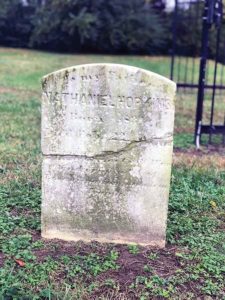 Built in the 17th century, this restored Episcopal church is one of the oldest in the United States still used for regular worship. The adjoining cemetery is the final resting place for six Revolutionary War veterans, four from the War of 1812, and several from both sides of the Civil War. Also buried on the grounds is Eastern Shore native Anna Ella Carroll, an author and newspaper reporter, often referred to as an unofficial member of President Lincoln’s Cabinet.
Built in the 17th century, this restored Episcopal church is one of the oldest in the United States still used for regular worship. The adjoining cemetery is the final resting place for six Revolutionary War veterans, four from the War of 1812, and several from both sides of the Civil War. Also buried on the grounds is Eastern Shore native Anna Ella Carroll, an author and newspaper reporter, often referred to as an unofficial member of President Lincoln’s Cabinet.
Nathaniel Hopkins’ Grave
3748 Main St., Trappe, Md.
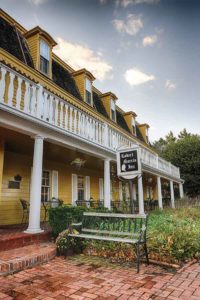 Born enslaved on the Eastern Shore in 1831, Nathaniel “Nace” Hopkins left his owner and served in the United States Colored Troops during the Civil War. He returned to Talbot County to help newly freed blacks and in 1878 helped establish the county’s first school for black children. He also helped establish an Emancipation Day celebration that continues to this day, although it is now known as Nace Hopkins Day.
Born enslaved on the Eastern Shore in 1831, Nathaniel “Nace” Hopkins left his owner and served in the United States Colored Troops during the Civil War. He returned to Talbot County to help newly freed blacks and in 1878 helped establish the county’s first school for black children. He also helped establish an Emancipation Day celebration that continues to this day, although it is now known as Nace Hopkins Day.
Robert Morris Inn
314 N. Morris St., Oxford, Md.
Built in 1710, the Robert Morris Inn claims to be the oldest full-service inn in America. Named for the famed “Financier of the Revolution,” the inn is located across from the Oxford Wharf, which provides stunning waterfront views. The inn offers a full breakfast, lunch, and dinner menu, and history-loving guests will truly enjoy the rustic colonial-era lodgings.
Community Center
206 S. Queen St., Chestertown, Md.
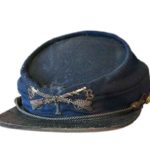
African-American Civil War veterans built the Charles Sumner Post No. 25, Grand Army of the Republic meeting hall in 1908. It is one of only two G.A.R. halls for United States Colored Troops known to still be in existence. The hall served as a community center for 60 years, until it fell into disrepair. It was restored to community use in 2014 and today features performances, cultural events, educational programs, social justice initiatives, and rotating exhibits such as the current display of artist Shayne Davidson’s portrait drawings of 17 soldiers from the 25th Infantry Regiment USCT. Sumner Hall is open to the public from 11 a.m. to 2 p.m. on most Saturdays.

